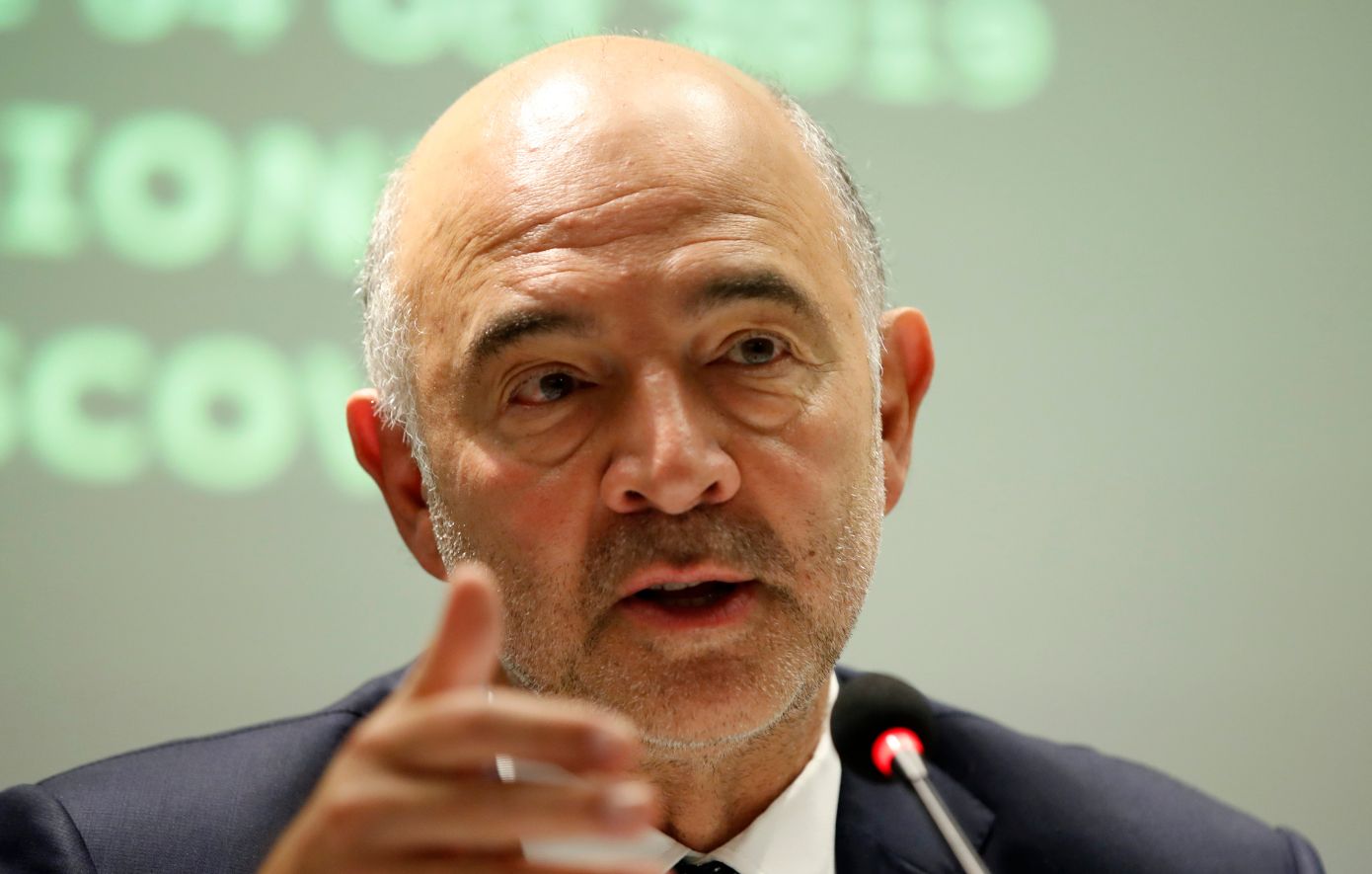The first lunar eclipse of this year will take place this Sunday (15) and it will be possible to observe it all over Brazil. The astronomical phenomenon can be seen from 11:27 pm and should last until 2:55 am on Monday (16).
According to the director of Astronomy at the Planetarium Foundation of the City of Rio de Janeiro, Leandro Guedes, the lunar eclipse is not rare and usually occurs twice a year, when there is a full moon.
Guedes says that this phenomenon occurs when the moon enters the Earth’s shadow area, being visible to the naked eye. According to him, the lunar eclipse occurs in periods when the sun, Earth and moon are aligned, necessarily in that order.
“The moon does not usually enter the shadow cast by our planet. But when she enters, we know there will be an eclipse. There are three types: the total, which occurs when the entire shadow of the Earth is cast on the moon; partial, when only a part of the moon is covered by the earth’s shadow; and the penumbral, when the moon is in the penumbra region of the Earth’s shadow, very subtle to be seen”, he explains. This Sunday, the eclipse will be total.
The astronomer says that the phenomenon can also be seen from Africa and partially from the United States, but much of Australia, Asia and the European continent will not be able to observe it. The last total eclipse took place in May of last year and the next one will be later this year, on November 8th.
The moon can appear to be 7% larger and have a red color, due to a phenomenon called “Rayleigh scattering”.
“During a lunar eclipse, the moon turns red because the only sunlight reaching the moon passes through the Earth’s atmosphere. The more dust or clouds in Earth’s atmosphere during the eclipse, the redder the moon will appear. It’s as if all the sunrises and sunsets in the world were projected onto the Moon,” explained NASA, the US space agency, on its website.
The director of the planetarium in Rio de Janeiro also highlights that it was the first lunar eclipse in history that indicated that the Earth is round, in Ancient Greece. He points out that the Greeks figured out why they saw the planet’s shadow projected on the moon’s shadow.
Eclipse seen from Rio
The planetarium in Rio, located in the neighborhood of Gávea, will open the doors to the observation of the total eclipse of the Moon. The program is free and the space will open at 21:00, subject to capacity.
This will be the first eclipse in which the planetarium will work after the pandemic. The site will also have a team of astronomers to explain the phenomenon and answer questions. In addition, for those unable to attend, the institution will broadcast the eclipse live, via Youtube.
The foundation recommends that the public bring a beach chair, canga or a rug to be more comfortable to watch the attraction. The activity depends on weather conditions. If the weather is cloudy or rainy, the observation will be compromised and the meeting can be re-evaluated.
Service
Rio Planetarium
May 15th – 9pm
Address: Avenida Padre Leonel Franca 240, Gávea.
Free parking on site (subject to capacity).
*under supervision of Pauline Almeida
Source: CNN Brasil







